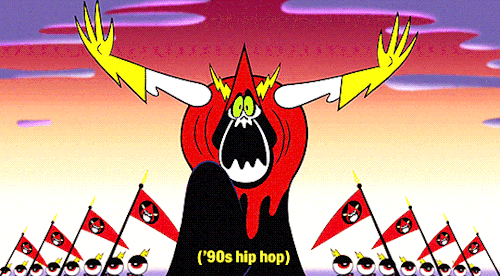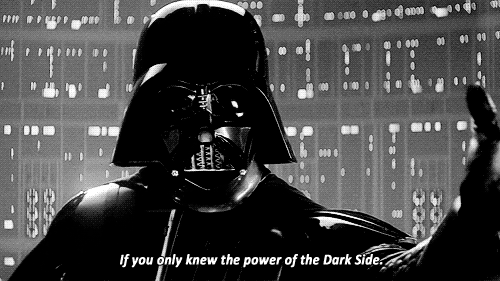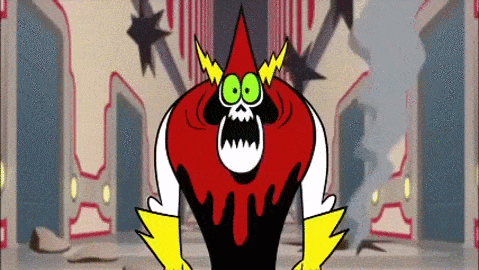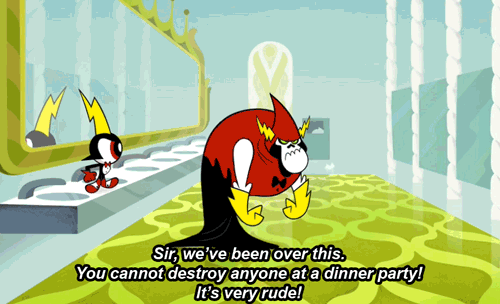Lord Hater, No. 1 Superstar, What is the Scope of Your Ambition...?
Lord Hater, No. 1 Superstar, What is the Scope of Your Ambition...?

Lord Hater, a skeleton man with the power to zap his opponents into a pile of charcoal bacon. He’s an aspiring dictator, working towards the effect of building an empire that stretches from one side of the galaxy to the other. Every planet under his dominion bears a red flag with a bold skull and hood logo, snapping in the breeze. Beyond his electric powers, Hater has military genius and tactician Commander Peepers to back him up, as well as his legions of watchdogs. Not to mention, Hater has planet-destroying ray guns, Peepers knows where to find rare, destructive elements like Frostonium, and his Skullship can zip across the galaxy with relative ease. Given the scope of his empire and the kind of power he has access to:
Where does the Hater empire rank on the Kardashev scale?
But first….What is The Kardashev Scale?
In short, the Kardashev scale is a means of gauging how advanced an extraterrestrial race is, or rather how high their technological prowess is, based on how much energy they use. The more energy used, the more technologically advanced they are; more energy means bigger, more powerful structures and operations. As the scale has been refined, there’s at least 4 big tiers a civilization can reach: Type I, Type II, Type III, Type IV, etc.
Before I go any further with this discussion, a truly thorough analysis of where a society sits on the Kardashev scale holds more weight with hard numbers. There’s specific achievements for each type of society: the development of fusion, using antimatter, star lifting, Dyson spheres, etc. For example, a big achievement for a Type I society is developing fusion and using it on a planet-wide basis. Though, a Type I society can also harness energy through antimatter-matter collisions and renewable energy.
To figure out where a society sits on the scale, the energy output from all contributors, three in this case, are added together. It’s a net measure of a society’s overall energy consumption. Though, the cartoon I’m discussing never gives definitive or quantifiable numbers for a society’s energy use/output (This is a pretty ridiculous, outlandish discussion in the first place). So, the Kardashev scale will be used as a relative gauge. For example, certain achievements and scales are more readily correlated with Type II than Type III. So, these achievements will be the basis for a rudimentary ranking system.
A Type I society has discovered and resolved all potential energy sources on their planet, from the caveman discovering the humble fire to the discovery and full-blown implementation of cold fusion. Earth has hundreds of years and development to go before even coming close to a Type I. So close, but no cigar.

Moving on up the list, a Type II society has discovered star lifting, the ability to extract matter from a nearby star and convert it into useable energy. This is in addition to whatever energy sources they have cooked up on their home planet. An example: Star Trek’s Federation of Planets. So, interstellar space travel and interacting with interstellar neighbors is possible at this phase. Star Trek has reached as far as participating in peace talks, setting up councils, negotiating trade, etc. One of the big, overarching themes, though, is that there’s always a new planet and new culture to be discovered. The bigger galaxy is still an enigma.

A Type III society has managed to colonize and extract power from an entiregalaxy. There’s an entire corral of stars providing energy; an entire fleet of space-faring vehicles. It’s the ultimate height a newly developed Type II society starts speculating about as they look up at the stars. This is where imperialist attitudes start stepping up: Entire galaxies are populated and colonized by one species. Or, there may be other extraterrestrials and an entity like Star Wars’ Empire steps in, conquering everyone and imposing an all-encompassing government under one council or dictator. In short, this is where the galaxy-conquering overlords like Darth Vader step in.
Lord Hater’s Impact on Wander’s Galaxy

One big thing to consider about Wander Over Yonder before further consideration is the fact that the show pretty much supports a galaxy-wide neighborhood. There are no moony-eyed philosophers or astronomers, looking up at the night sky and pondering over concepts like Fermi’s paradox, “Where is everybody?”. It’s a very scattered set of societies, but they all know other aliens, cultures, and societies exist. Nobody bats an eyelash at Wander and Sylvia being a different species from what they are. Spaceships and rockets are optional, since bubbles are the de facto mode of transportation between planets. The show even hints at an active tourist effort: Many different species visit hot spots like beaches and hotels.
In short: The show’s set up already lends to the potential existence of Type II societies, just on the basis of interstellar space travel alone. Whether they hold any kind of rank boils down to what other technology they’ve developed and their overall energy output. The entire galaxy is speckled with Type 0-Type II planets. The determining factors between each is whether this one has developed cold fusion yet, whether or not this one has harnessed higher energy output from star lifting, etc.

This is where Lord Hater, as well as his opponents, come back in: They’re the front runners for an effort to create a Type III society. Almost every one of the show’s villains foster an imperialist and power-hungry spirit; they see the potential in conquering worlds and pilfering resources, if not beefing up their own technology and forces. The more planets and stars under their control, the closer they are to full control of the entire galaxy. If Lord Hater achieves his goal of becoming the ultimate galaxy dictator, he’s the spearhead of a Type III society. He’d be in control of a major paradigm shift; pretty much shaping and molding an entirely new era in history.
“The Fancy Party” eludes to what kind of careful planning and effects Queen Entozoa carved out in order to build and maintain her vast empire. It took thousands of years for her to achieve certain effects, so Lord Hater is just beginning in his efforts, really. He’s in for an unpleasant surprise once the Hater empire reaches full fruition.
Commander Peepers definitely studied this kind of theory at some point, if not speculated upon the possible results and consequences. That’s part of why he gets so frustrated when Lord Hater gets so easily distracted. Laser focus is definitely needed for bad guy orchestrations on this kind of big picture scale.

References:
The Kardashev Scale of Civilization Types: http://futurism.com/the-kardashev-scale-of-civilization-types/
Comments
Post a Comment